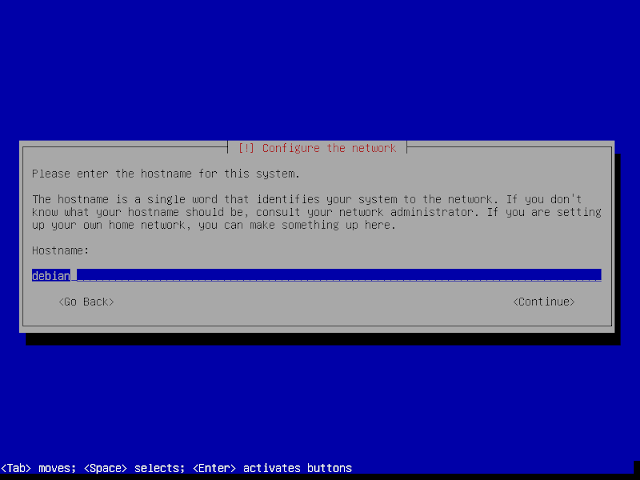

If you have multiple versions installed, you can set the default version as follows nvm use Īnd check the changes nvm default -version To check all the versions of NodeJS that you have installed on your system, you have to run nvm ls So, you can install the latest LTS stable version this way nvm install lts/*Įither way, you will have NodeJS installed. It is recommended to work with LTS versions for support reasons. Just replace 15.0.1 with the version number you want.Īlso, you can install the latest stable version of NodeJS by simply running nvm install node Now install the version you want as follows nvm install 15.0.1

To see all the versions of NodeJS that can be installed with NVM, you have to run it with the following command nvm ls-remote Now NVM is ready and installed on the system. wget -qO- | bashĪfter the download and execution process is finished, we will have to refresh the changes in the bashrc file. In this case, I will use wget to download it. You will also need to install the tar command from the repositories. So, you can download it using either the wget command or the curl command, so you have a choice. The recommended way to install NVM on any Linux system is to download and run the script provided by the developers. So, NVM is available for Debian 11 so we can install it without any problems.


 0 kommentar(er)
0 kommentar(er)
